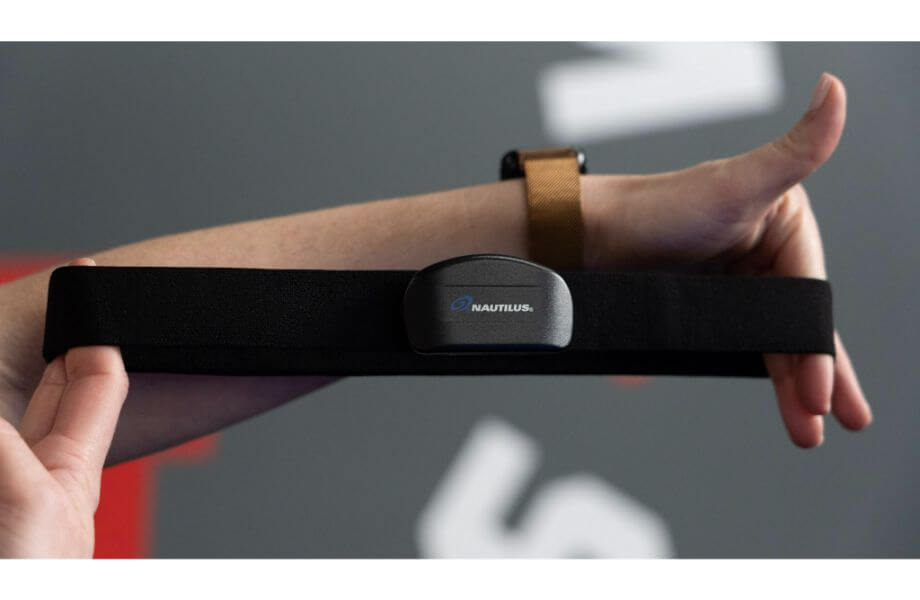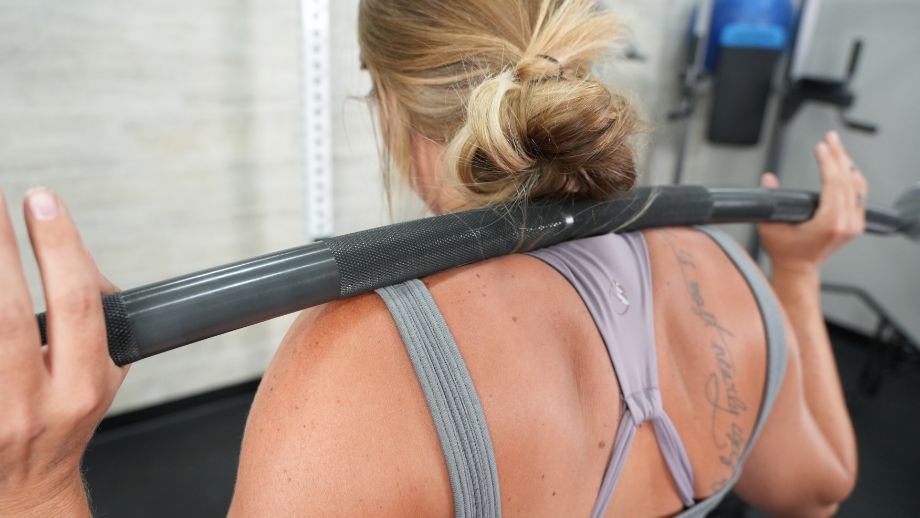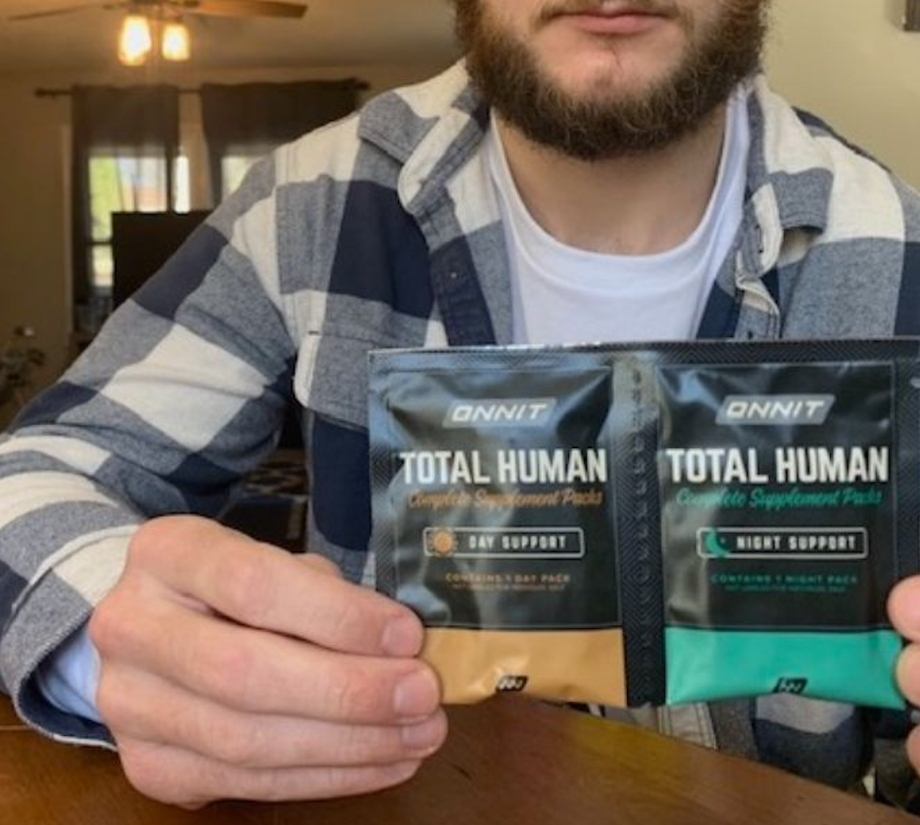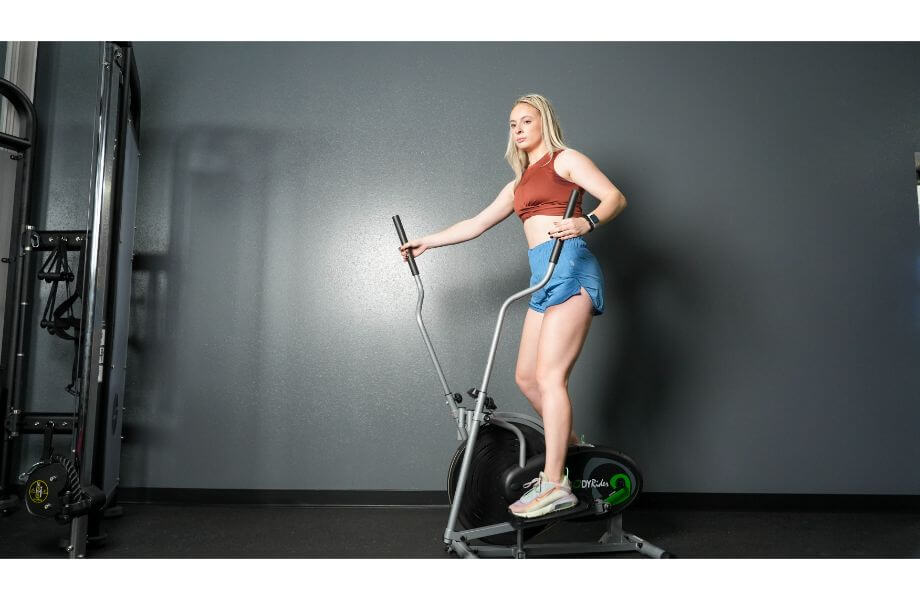There are a few ways to measure the intensity of your work during an exercise program, and one of the more popular methods is knowing your heart rate.
Your target heart rate is an indication of how hard you’re working without you having to do too much other than glance at the number on a screen. After all, the last thing you want to think about while you’re how hard it feels. If you know your target heart rate zone, then looking at your current heart rate will indicate if you’re on track.
Many coaches and websites use the target heart rate method because of its simplicity. All you need is simple math skills and a heart rate monitor, and you are good to go.
We’ll dive into how to find your target and resting heart rate, the different heart rate responses to cardio and strength training, and other considerations when measuring your target heart rate.
Key Takeaways
- An ideal target heart rate zone is between 50% to 85% of your estimated maximum heart rate1.
- Target heart rate is the ideal pace at which your heart should be beating during exercise, helping to maximize the benefits of your workout1.
- To calculate your target heart rate zone, calculate your maximum heart rate by subtracting your age from 220, then multiply your maximum heart rate by 0.50 for the bottom range and by 0.85 for the upper range.
- Your heart rate can be influenced by weight, fitness level, environmental conditions, medications, and stress.
Medical disclaimer: This article is intended for educational and informational purposes only. It is not a substitute for health or medical advice. For medical advice, contact an appropriate healthcare provider.
Understanding Your Heart Rate
Before you find your resting heart rate (RHR), you need to know the best time to measure it. According to the American Heart Association1, measuring your RHR first thing in the morning, before you get out of bed, is best.
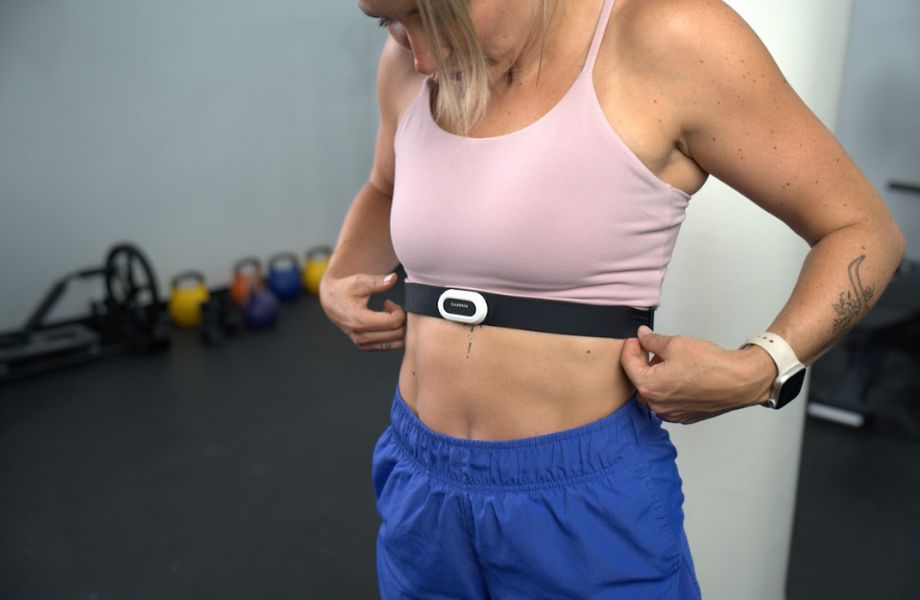
If you have a fitness tracker or a similar health device, this will make it easy as it will do it for you. If you don’t have a heart rate monitor, a simple way to measure your heart rate is placing your middle fingers on your wrist, side of your neck, or back of your knees. Count the number of times your heart beats per minute, and you have your resting heart rate.
| Resting Heart Rate | Resting heart rate (RHR) is the number of beats per minute when your body is at rest. Normal resting heart rate for a healthy adult is between 60 and 100 beats per minute (BPM)1. |
| Max Heart Rate | Maximum heart rate is the fastest your heart can beat and can be estimated with the equation: 220 – Age |
| Target Heart Rate | Target heart rate is another estimation based on the intensity of your training. This number will depend on your fitness level and your age. There are 5 heart rate zones you can target. |
How To Find Your Target Heart Rate
To calculate your target heart rate, use the following formulas:
220 – Your Age = Maximum Heart Rate
Your Maximum Heart Rate x .50 = Bottom of target heart rate zone
Your Maximum Heart Rate x .85 = Top of target heart rate zone
So if you’re 30 years old, your maximum heart rate is 190 (220 – 30). Your target heart rate zone is 95 to 162 beats per minute (.5 x 190) to (.85 x 190).
Target Heart Rate Chart
As the Cleveland Clinic2 points out, exercising in your target heart rate training zone means that you are working out efficiently: Your body is burning calories, your cardio endurance is improving, and you aren’t sustaining heart rate levels that are too high for too long.
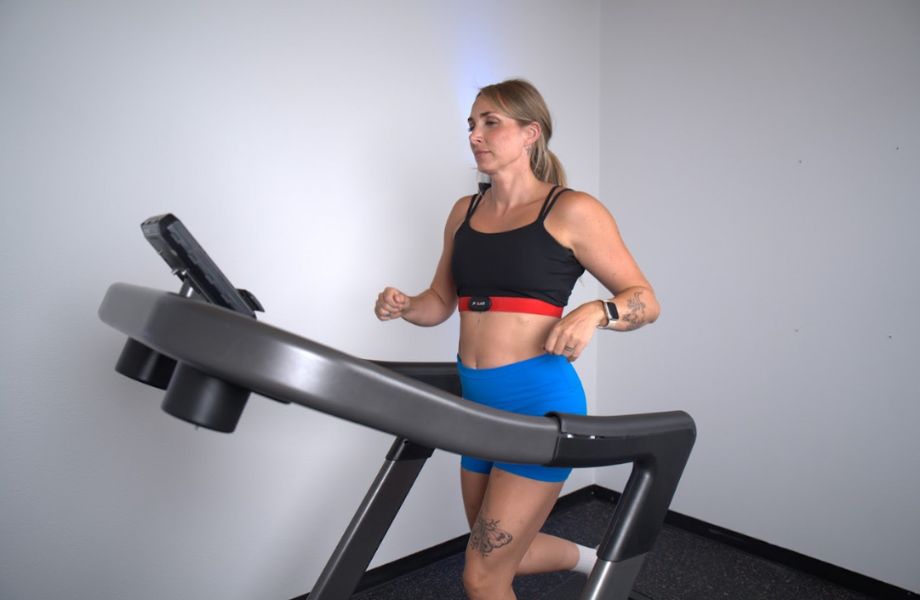
Note: This chart works best with those with a healthy heart and who don’t have any known heart conditions or high blood pressure issues.
| Age | Target Heart Rate Range (50 to 85%) | Max Heart Rate (BPM) |
| 20 | 100-170 | 200 |
| 25 | 98-166 | 195 |
| 30 | 95-162 | 190 |
| 35 | 93-157 | 185 |
| 40 | 90-153 | 180 |
| 45 | 88-149 | 175 |
| 50 | 85-145 | 170 |
| 55 | 83-140 | 165 |
| 60 | 80-135 | 160 |
| 65 | 77-132 | 155 |
Target Heart Rate: Cardio vs. Strength Training
Both strength and cardiovascular training raise your heart rate, but there are some differences.
Cardio is primarily an aerobic activity (with oxygen), while strength training is mainly anaerobic (without oxygen). During cardio exercise, your body relies on oxygen to supply the body with energy. During short bursts of strength training, like finding a one-rep max, your body pulls energy from glucose.
What does this have to do with heart rate?
Your body can stay in aerobic activities for longer periods of time as opposed to staying at peak effort. For example, you can hold a moderate jogging pace for miles, but you could only do a one-rep max deadlift for a few seconds.
RELATED: Running Heart Rate: What Should Your Target Be?
Your heart rate during aerobic activity is more likely to stay in your target heart rate zones for a longer period of time than it is if you are lifting weights.
That isn’t to say that strength training doesn’t have heart health benefits. In fact, a 2019 study3 published in Medicine and Science in Sports and Exercise suggests that lifting weights for an hour per week reduces stroke risk by as much as 70%.
However, if your focus is to exercise in your target heart rate zones for an extended period of time, then cardio exercise would be the way to go.
Key Factors That Affect Heart Rate
Target heart rate is a great way to measure intensity, but it is not perfect because other considerations in addition to exercise intensity affect how fast your heart beats:
Weight: The heavier you are, the bigger the strain on your heart4 to get the blood flow to your working muscles. Given an equal intensity, a person who weighs more will have a higher heart rate than someone who weighs less. Weight loss will reduce the strain on your heart.
Fitness Level: Regular cardio improves the efficiency of your heart and blood vessels to deliver blood to your working muscles. If you don’t have good cardiovascular fitness, your heart rate will be higher at the same intensity as a person with better cardiovascular fitness.
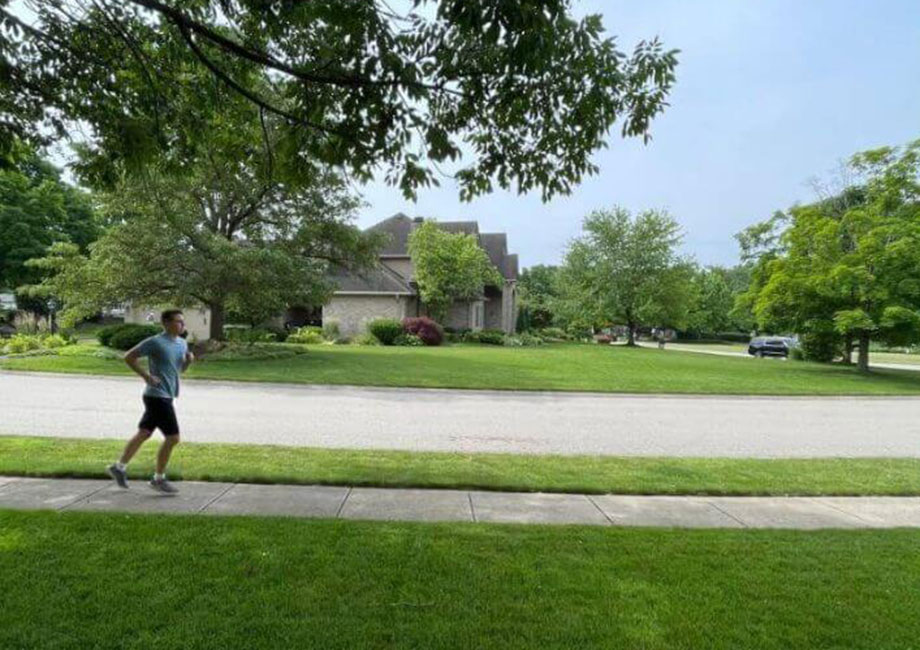
Environmental Conditions: Higher humidity and temperatures or lower temperatures raise the heart rate to stay warm, cool, or alive.
Medications: Medical conditions that require prescriptions like beta blockers may slow your heart rate, and high dosages of thyroid medication may raise it. Some medicines used to treat heart disease risk factors affect your heart rate. It is best to check with your doctor if you are on these medications.
Stress and Anxiety: In times of stress, your body releases adrenaline, a hormone that temporarily causes your heart rate to speed up.
About Heart Rate Measurement Accuracy
It helps to have a heart rate monitor when measuring your heart rate, as opposed to trying to take your pulse. If you don’t have one or are on a cardio machine that has one, measuring your pulse for 10 seconds and multiplying by six will give your target heart rate. The longer you count (15, 20, or 30 seconds), the more accurate this will be.
Heart Rate Lags
Heart rate lag is when you increase the intensity of your physical activity, but it takes some time for your heart rate to catch up to the level that it will ultimately plateau. This lag can make the target heart rate unreliable during interval training.
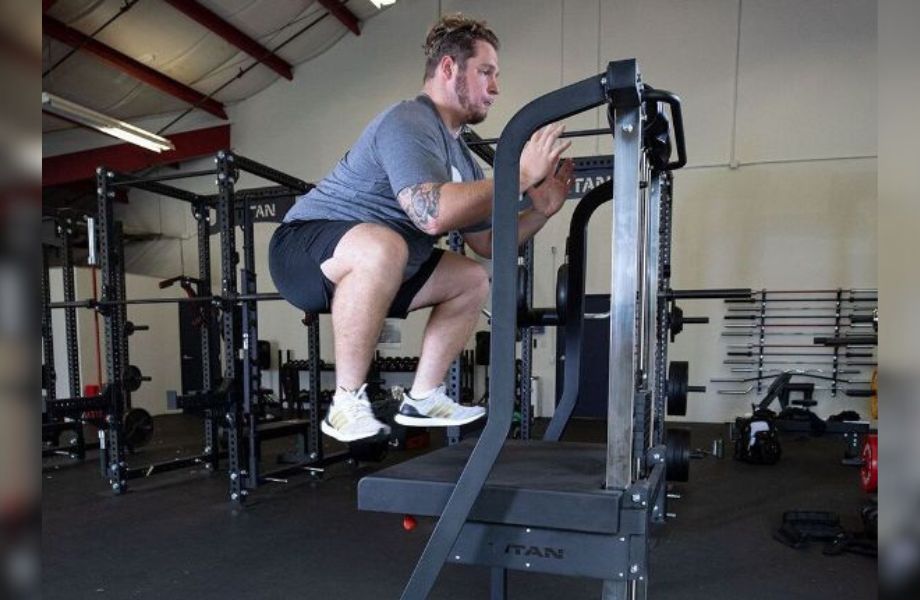
Heart Rate Drifts
Heart rate drift is the natural increase in the number of times your heart beats despite little or no change in intensity or pace. This drift is caused by the rise in the body’s core temperature and low hydration levels, resulting in a heart rate rise.
Other Ways to Measure Difficulty of Exercise
There are two other popular methods to measure exercise intensity, the talk test and the rating of perceived exertion.
Rating Of Perceived Level Of Exertion
Rating of perceived exertion (RPE) can help you estimate how hard your body works while exercising. Using a scale from 1 to 10, you can choose a rating number to describe how difficult the activity feels, factoring in variables such as:
- How tired you are
- How difficult it is to breathe
- The muscular soreness you feel
- Your heart rate
- Environmental conditions
- 1: Very light activity
- 2-3: Light activity
- 4-6: Moderate activity
- 7-8: Vigorous activity
- 9: Very hard
- 10: Maximal effort
Most healthy adults will benefit from exercising at a moderate (RPE 4-6) to vigorous (RPE 17-8) level. If you have health problems, your RPE goal will be different.
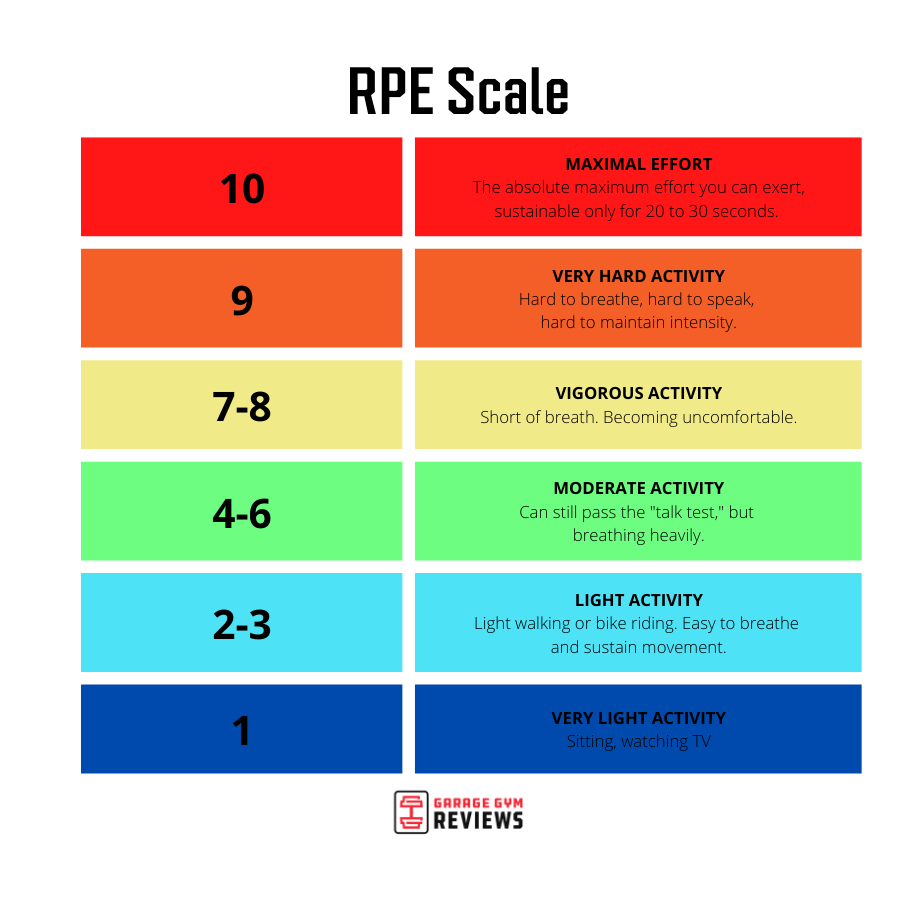
The Talk Test
The talk test is a test that measures the person’s ability to talk or hold a conversation during an activity at various intensity levels. How well a person can have a conversation can indicate how hard (or not) someone is working.
Performing the talk test is simple and works well when training with a friend or if you have a coach, but talking to yourself may look weird when you’re by yourself.
Heart Rate Zone Training
The five heart rate training zones are as follows:
| Zones | Max Heart Rate | Examples |
| Zone 1: Low Intensity/Recovery | 50%-60% MHR | Stretching, mobility, yoga, Pilates, light cardio |
| Zone 2: Moderate Intensity/Aerobic | 60%-70% MHR | Cycling, swimming, rowing, brisk walking, light jogging |
| Zone 3: Tempo/Threshold | 70%-80% MHR | Strength training, running, swimming, cycling |
| Zone 4: Lactate Threshold/Redline | 80%-90% MHR | HIIT workouts, heavy strength training, spinning, boxing |
| Zone 5: Max Effort/Anaerobic | 90%-100% MHR | Interval training, sprinting, explosive training |
After you’ve estimated your max heart rate, you can use that information for heart rate zone training. The higher your heart rate, the less time you’ll want to spend in that zone. For example, you should only be able to sustain Zone 5 for a few minutes.
For more information, check out our complete guide to training for heart rate zones.
What Does It Mean If Your Heart Rate Is Too High Or Low?
If you’ve calculated your resting heart rate and it falls outside of the normal range for healthy adults—e.g., too low or too high—your ideal next step is to contact your doctor or a primary healthcare provider.
A heart rate that is below the threshold of 60 BPM can occur due to beta blockers5; competitive athletes also tend to have lower heart rates. If you don’t fall into either of those categories, then it may be time to consult a physician or specialist.
As for heart rates that are too high, meaning more than 100 BPM (aka tachycardia), you could be at risk for developing other heart issues. Symptoms of high heart rate can include6:
- Chest tightness/pain
- Shortness of breath
- Dizziness
- Nausea
- Fainting
That said, higher heart rates can also be the result of:6
- Infections/fever
- Dehydration
- Anxiety/stress
- Thyroid issues
It’s always better to be safe than sorry, so if you’re experiencing a consistently higher-than-average heart rate, consider getting a professional assessment.
Target Heart Rate: Final Thoughts
Using target heart rate zones is a great guide when measuring the intensity and improving your cardiovascular fitness. But with strength training, not so much because there are other factors at play regarding heart rate. Using RPE may be a much better way to measure intensity when lifting weights.
Regarding how much time you should spend in your target heart zone, the Centers for Disease Control and Prevention7 (CDC) states adults get at least 150 minutes of moderate-intensity aerobic physical activity or 75 minutes of vigorous-intensity physical activity each week.
Target Heart Rate: FAQs
What is a good target heart rate for exercise?
Maintaining a heart rate between 50-85% of your estimated maximum heart rate is a great start.
What is my target heart rate for my age?
Use your 220 minus your age, multiplied by your heart rate % for your target heart rate.
Is 130 a good target heart rate?
A heart rate of 130 BPM is a good target for moderate-to-high intensity exercise for a 35-year-old, as it sits at about 70% of their max heart rate. This only applies to heart rates during exercise/effort and is much too high for a resting heart rate.
How can you calculate your target heart rate zone?
To calculate your target heart rate zone you need to take 220 and subtract your age from it, which is called your maximum heart rate. So if you’re 30 you’d subtract that from 220 and get 190. The bottom of your target heart rate zone is 190 x .50, or 95, and the top of your target heart rate zone is 190 x .85, or 162.
References
- American Heart Association, “Target Heart Rates Chart.” Last updated March 2021.
- Cleveland Clinic. “Exercise Heart Rate Zones Explained.” May 12, 2021.
- Liu Y, Lee DC, Li Y, Zhu W, Zhang R, Sui X, Lavie CJ, Blair SN. Associations of Resistance Exercise with Cardiovascular Disease Morbidity and Mortality. Med Sci Sports Exerc. 2019 Mar;51(3):499-508. doi: 10.1249/MSS.0000000000001822. PMID: 30376511; PMCID: PMC7385554.
- Cleveland Clinic. “Why Extra Pounds Are Hard on Your Heart.” Sept. 11, 2018.
- Cleveland Clinic. “Heart Rate.” Last reviewed March 12, 2024.
- Mayo Foundation for Medical Education and Research. (2023, October 13). Heart arrhythmia. Mayo Clinic. https://www.mayoclinic.org/diseases-conditions/heart-arrhythmia/symptoms-causes/syc-20350668
- CDC. “How much physical activity do adults need?” Last updated June 2023.




